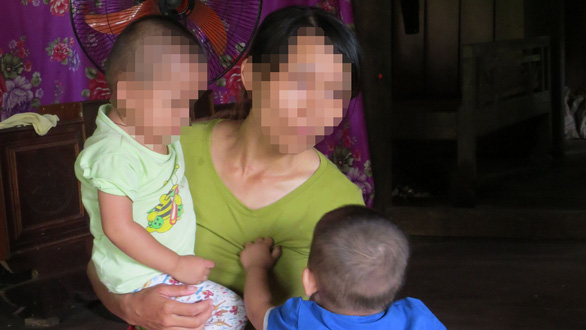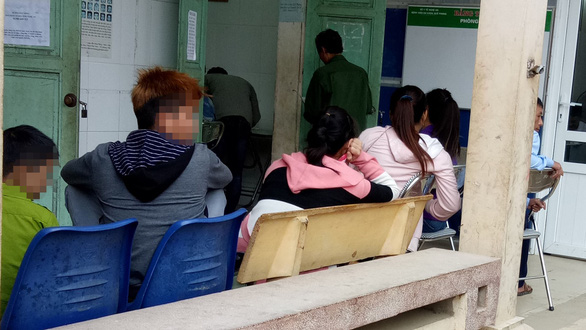In a mountainous district in Nghe An Province in north-central Vietnam, residents have been living in fear as the number of HIV infections has been on the increase for years despite government efforts to contain its spread.
“HIV is like a storm here that keeps getting bigger every year,” residents in Que Phong District, 330 kilometers south of Hanoi, told Tuoi Tre (Youth) newspaper of how they were coping with the HIV epidemic.
There are 11 communes and one town in Que Phong, all of which have reported cases of HIV infection.
District-wise, there are 1,548 people infected with the human immunodeficiency virus, while 462 have died from acquired immune deficiency syndrome (AIDS), a condition associated with HIV infection, characterized by progressive failure of the immune system.
Into the eye of the ‘storm’
Luong Thi Kien, a health worker in one of Que Phong’s heaviest-hit communes, showed Tuoi Tre reporters a notebook where she kept records of all HIV patients in the area.
Each patient comes from a different background, she said, but all have experienced a significant drop in quality of life since diagnosis.
There was a 17-year-old girl who did not know she was infected until medical workers came to her village to raise awareness of the disease.
“Why are there ulcers all over my body?” Kien remembered the girl asking doctors for help.
It was the first time she knew of the existence of HIV.
Her husband, who was a drug addict, left her after learning of her infection, she said.
Another couple Kien knew had to quit their day jobs as civil employees after the discovery that they were both infected with the virus.
Ha Thi Tinh, 25, only discovered her condition after having given birth to her twin sons, who also inherited the virus from their mother.
“For the past year, I have had to travel 200 kilometers every month to the Children’s Hospital of Nghe An to receive free antiretroviral [ARV] medicine for my sons, because the drug is not available at commune-level clinics,” Tinh said.
 |
| Ha Thi Tinh and her twin sons, all of whom infected with HIV, play in their home in Que Phong District, Nghe An Province in north-central Vietnam. Photo: Tuoi Tre |
Grave consequences
Truong Thi Tuyet Mai, deputy chairman of Que Phong District, said primary causes of HIV/AIDS infections in the district include drug use, unprotected sex, mother-to-child transmission and patients’ tendency to hide their condition out of shame.
In Tien Phong Commune, the heaviest-hit locality in Que Phong, the ubiquity of the HIV virus was partially attributed to the migration of more than 1,000 residents from a neighboring district who had been relocated for the construction of a hydropower project.
Many of these migrants were drug addicts, according to Vo Khanh Toan, chairman of Tien Phong Commune.
The first case of HIV infection in Que Phong was recorded in 1999, Mai said, and it developed into an outbreak in 2009, Mai said.
From 2010, HIV/AIDS has become an epidemic in the mountainous district and been growing more strongly each year, she added.
“It is not easy to monitor HIV patients, as most of them work far from home,” said Quang Van Phuong, chairman of Que Phong’s Muong Nooc Commune.
“They can be home one week and are already updating their Facebook from China or Laos the week after,” Phuong said.
To add to the challenge, major global efforts in battling the spread of HIV in Que Phong, including those organized by the World Bank and the U.S. Agency for International Development, have already come to a halt since 2016, leaving local aid workers overwhelmed with the challenging task, Mai said.
Like us on Facebook or follow us on Twitter to get the latest news about Vietnam!


















































